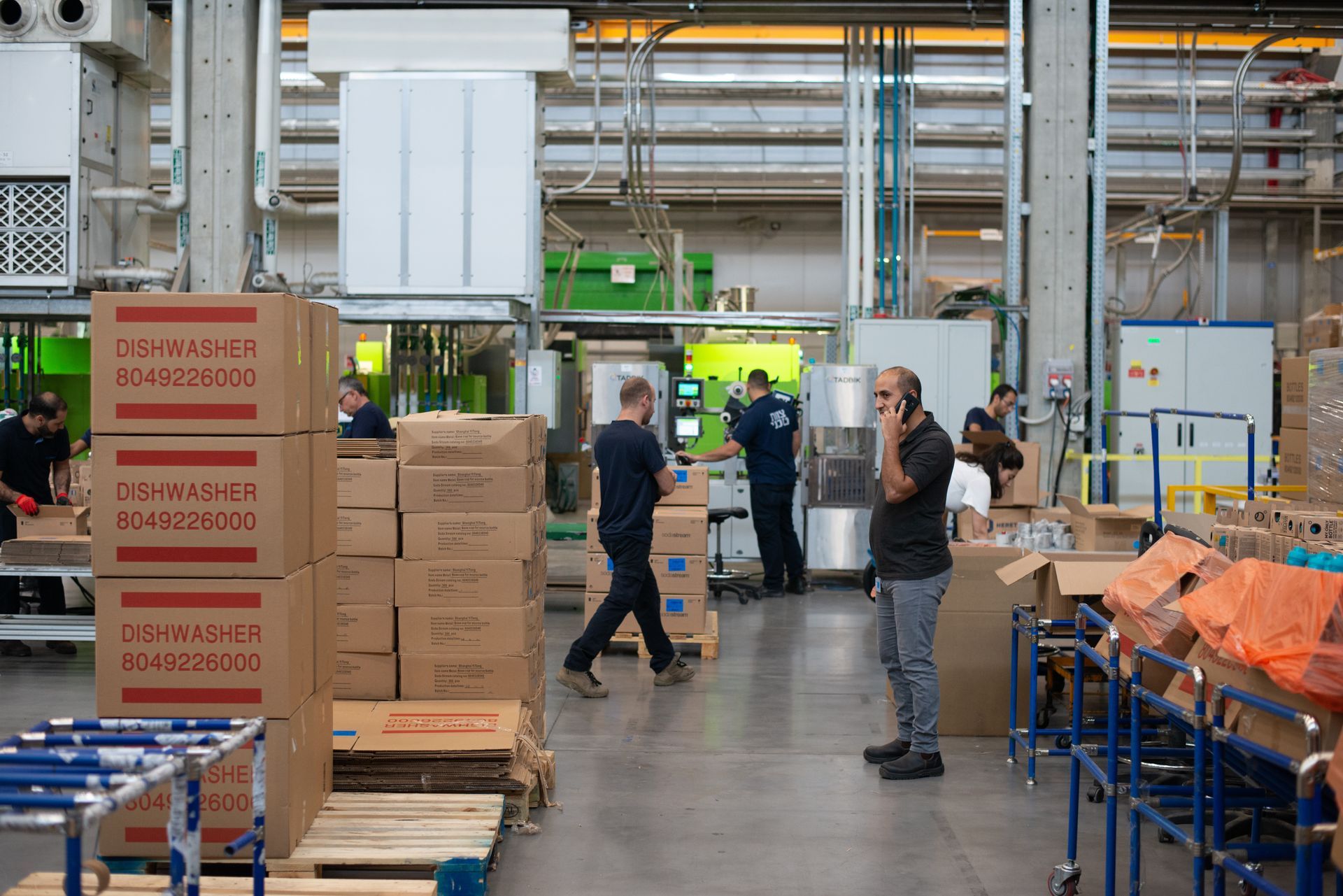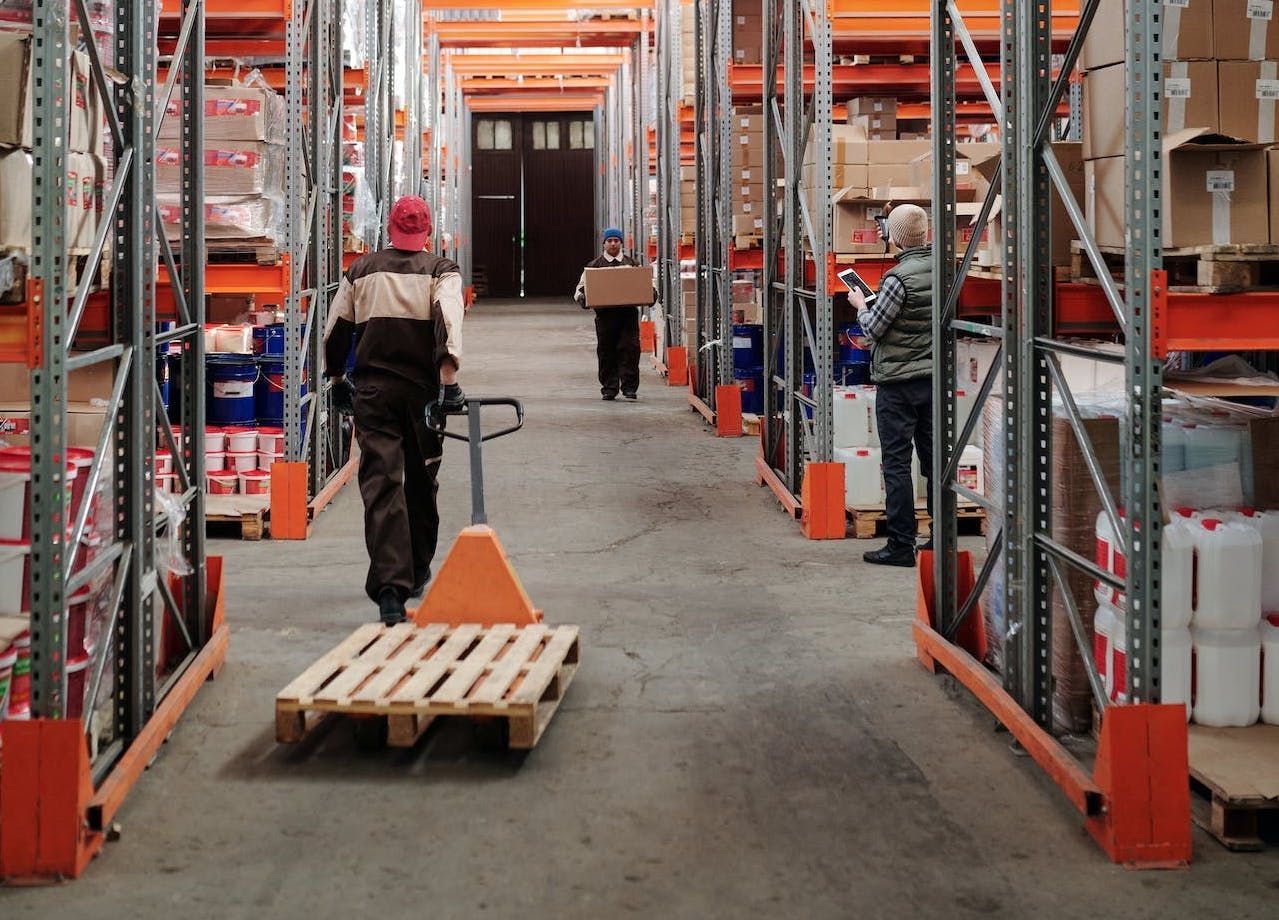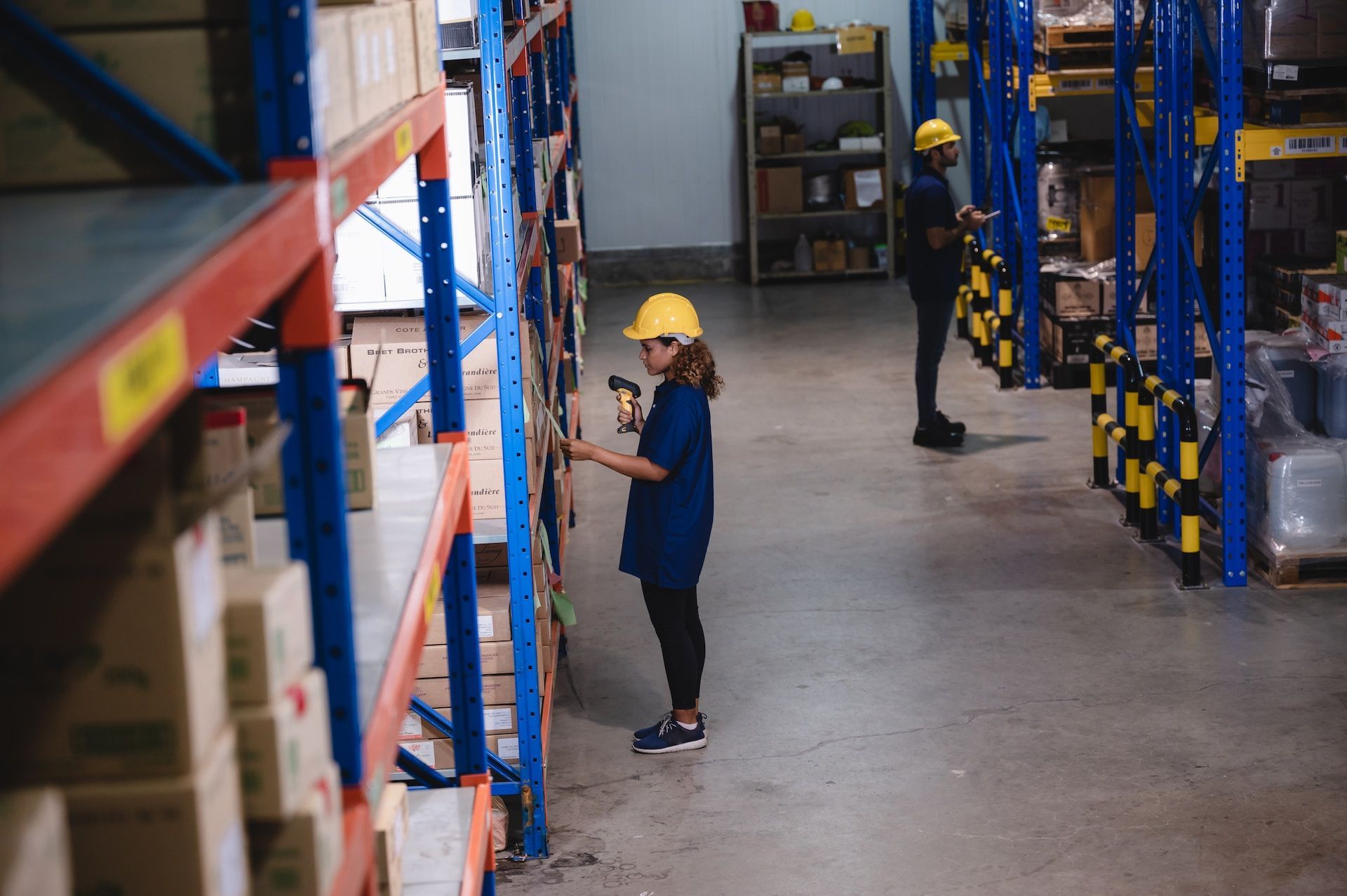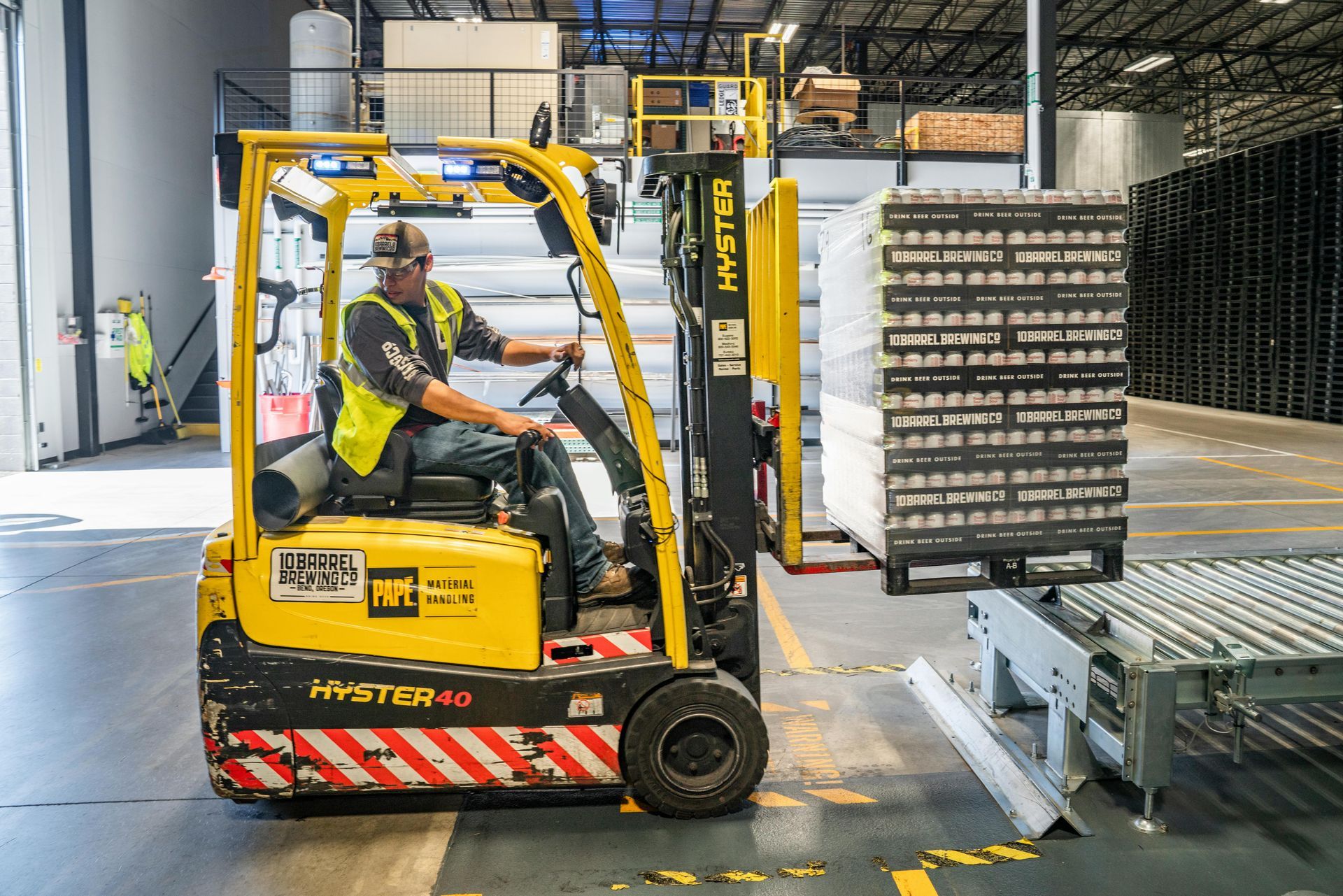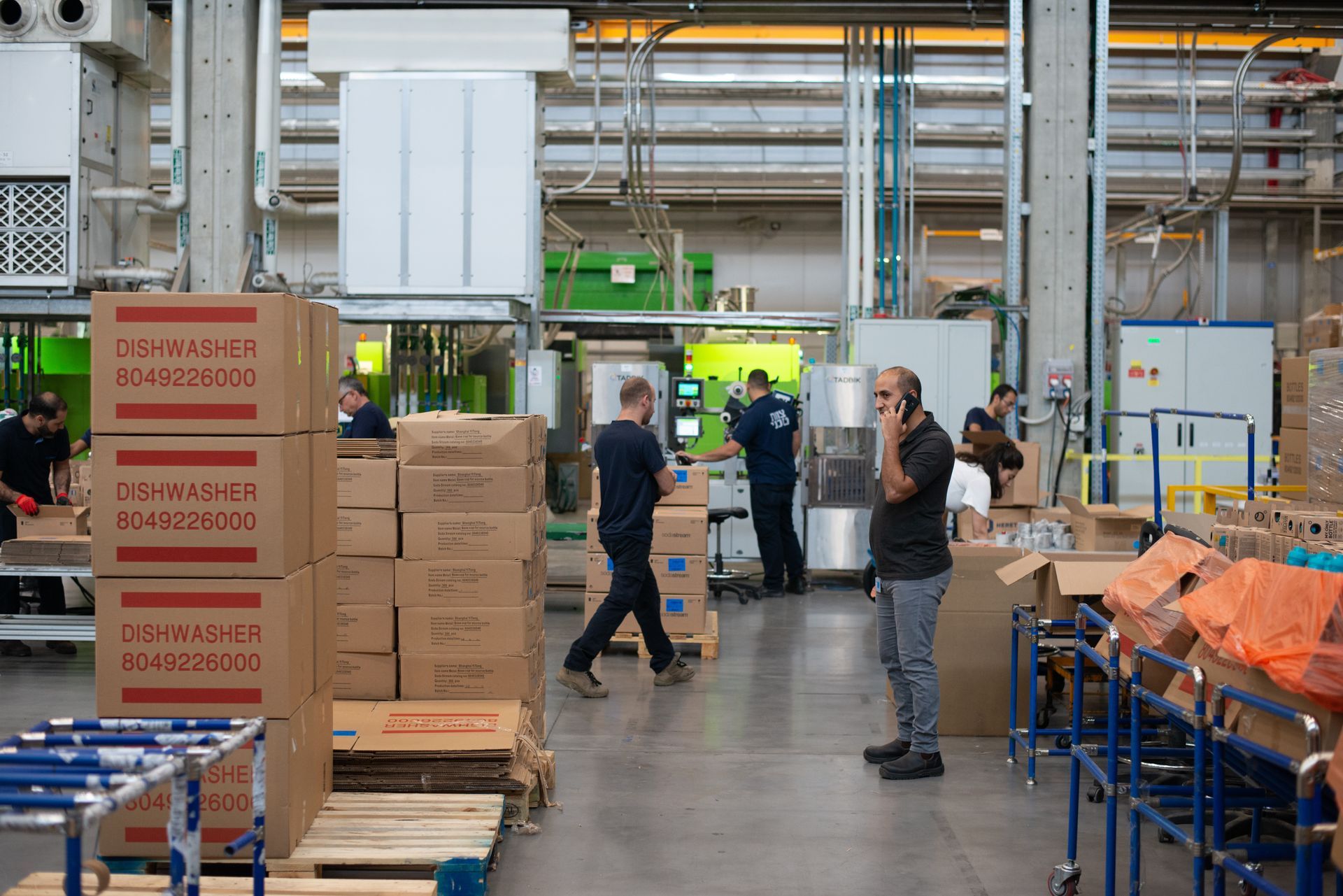Proven Strategies to Attract and Retain Warehouse Workers
As the backbone of the supply chain, warehouses are essential for the smooth functioning of businesses. However, due to the ongoing labor shortage, warehouses face a significant challenge in attracting and retaining workers. This article aims to provide insights into the effective strategies to help warehouse managers attract and retain workers in a competitive labor market.
1. Competitive Compensation and Benefits
Warehouse workers are the backbone of any warehouse, and they deserve to be compensated accordingly. A competitive compensation package with attractive benefits will attract the best talent and motivate them to stay. Employers should conduct market research to determine the current salary rates and benefits offered by competitors. Offering a salary and benefits package higher than the industry average can help employers stand out in a crowded marketplace.
2. Training and Career Advancement Opportunities
Offering training and career advancement opportunities is an effective strategy to attract and retain warehouse workers. Warehouse workers are often considered low-skilled labor but can develop new skills and advance their careers with the right training. Employers can provide training programs to upskill workers, leading to promotions, higher pay, and better job satisfaction. Providing clear career paths with opportunities for advancement can help workers see a future within the company and motivate them to stay.
3. Flexible Work Arrangements
Flexible work arrangements, such as part-time, seasonal, and remote work, can attract a diverse pool of workers, including those with other commitments. Offering flexible work arrangements can also help retain workers who need to balance work with other responsibilities, such as childcare or education. Employers can also provide options for shift-swapping, job-sharing, and compressed workweeks to accommodate workers' needs.
4. Positive Workplace Culture
A positive workplace culture is essential for attracting and retaining workers. A workplace culture that fosters respect, inclusivity, and collaboration can create a sense of belonging and encourage workers to stay. Employers can create a positive workplace culture by promoting open communication, recognizing workers' achievements, and offering opportunities for social interaction. Employers should also ensure the workplace is safe, clean, and comfortable, providing workers with the necessary tools and equipment to perform their duties effectively.
5. Employee Engagement and Recognition
Employee engagement and recognition are critical for retaining warehouse workers. Engaged workers are more productive, committed, and loyal to their employers. Employers can engage workers by involving them in decision-making processes, seeking their feedback, and providing opportunities for training and development. Employers can also recognize workers' contributions through rewards and recognition programs, such as bonuses, gift cards, and public recognition. Recognizing workers' contributions can help create a sense of pride and loyalty and motivate workers to stay.
Conclusion
Winning the war for talent in the warehouse industry requires a combination of effective strategies that attract and retain workers. Offering competitive compensation and benefits, training and career advancement opportunities, flexible work arrangements, a positive workplace culture, and employee engagement and recognition are the key strategies that can help warehouse managers attract and retain workers in a competitive labor market. By adopting these strategies, warehouse managers can create a workplace that attracts and retains the best talent, enabling them to achieve their business goals and maintain a competitive edge in the market.
Front Line All Temps is the ultimate choice for
warehouse staffing agencies. We guarantee reliability and efficiency in fulfilling your staffing needs. Connect with us today to learn more about our staffing solutions and how we can help you find the ideal talent for your warehouse. Don't let the labor shortage impede your operations. Partner with us to ensure a smooth and uninterrupted workflow.


